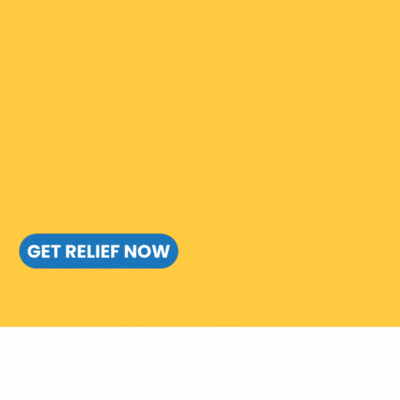By Susan Saldibar
You have all kinds of data on residents — call system data, EMR data, activity participation data — but it is mostly used only when something bad or unexpected happens. There is a tremendous opportunity to use the data to improve the lives of residents, reduce caregiver workload, and keep residents happier and safer.
Recently I spent some time talking to Daphne Karpan, RN, and trainer for RCare (a Foresight partner) about how to use this data effectively. Not every community will have access to all of these.
It is not just the data, you need to be thinking in terms of what the data means. What are the trends you are seeing? What does the data tell you about residents’ lives?
Activity Sensor Data
- If you see increased activity on sensors in the bathroom, it may indicate a health issue that a resident has been embarrassed to mention, such as diarrhea, constipation, or a UTI.
- More time spent in bed could mean that a resident is becoming more sedentary over time. This could indicate a change in health. It could also flag the need for a medication change, or that the resident has been experiencing depression.
- Take a look at the number of times the door to the resident’s room has been opened and closed. A decline could mean decreased mobility and/or engagement by the resident. It could also be an indicator of depression. Consider physical issues if the door is heavy and the resident just can’t open it.
Electronic Medical Records (EMR)
- Has the resident begun to refuse medications? There could be any number of causes. Does it indicate increasing depression and/or early stages of dementia? Or maybe the resident doesn’t understand the reason for the medication. A friend may have told them it was dangerous to take. In such cases, re-education is needed. Dig into the “why” of the refusals. Seeing the trend can help you address an evolving issue sooner.
- A previously agreeable resident who starts refusing help with activities could be developing depression or dementia. Or, there may be a physical issue that they are ashamed of and hiding from staff.
“We tend to look at EMR data in terms of outward care delivery,” Karpan says. “So, we give them the medicine, but don’t think about looking at it in terms of how it reflects back on the resident. If there is a trend of refusals over time, ask yourself what has changed.”
Exercise/Activity Participation Data
- Has a resident started missing the morning check-in when that hadn’t been an issue previously?
- Is a resident attending fewer classes or organized outings? Watch for trends in participation. You may see evidence of depression, apathy regarding daily tasks, dementia, or increased physical impairment. Or it may be as simple as changing the battery in an alarm clock, suggesting alternative activities or, asking if they might like a visit from clergy or your spiritual care team.
- Are residents less eager to engage via technology? Evaluate your technology choices and if they are easy to use by families and residents alike. Or you may need to offer some retraining, or even re-evaluate your training approach.
Call System Data
Your emergency call system can tell you a lot about your residents. It’s the most frequently used method of self-advocacy that your residents have. Do you understand what is the typical frequency of calls for your residents in different parts of your community and at different times?
- An increase in calls could indicate that a resident needs their care plan re-evaluated. The resident may need more help.
- A decrease in calls is also a concern. It could be a sign of depression. Or it could mean that the resident is no longer able to self-advocate to get the help that he or she needs.
It’s important to keep an eye on your response times. Make sure you have a response time goal, that it’s being communicated with your staff, your residents, and their families, and that you’re meeting this goal. High or low call volumes could indicate resident frustration if call times are too long, or if you’re not meeting your response time goals.
Understanding the Information
Call systems vary, in the amount and quality of data they provide. Make sure you understand the information that your systems collect, and the reports that are available. There’s a lot of information and insight that you can find in the data, even from the simplest devices that are used every day.
If the reports don’t answer your questions, you may need to contact your installer to help you tweak the setup, so you can see both the aggregate data across the community, and the fine-grained data by shift, wing, date range, and resident.
And management needs to lead the way. “The person who is evaluating the data is the key,” Karpan says. “When that person is engaged and wants to effect change, then you’ll be successful.”
RCare is the global provider of nurse call systems for the entire spectrum of senior care. Our mission is to help seniors and those who care for them. We pride ourselves on offering the most advanced features and the most robust reporting of any nurse call system on the market. Find out more about RCare.









